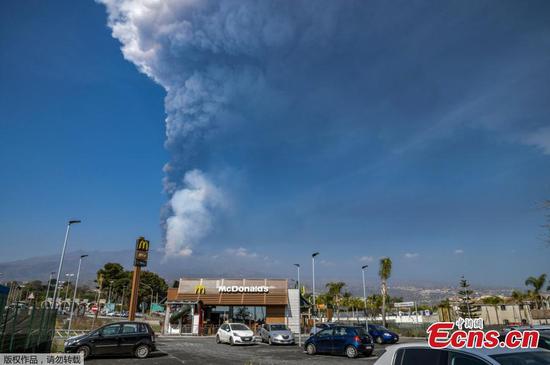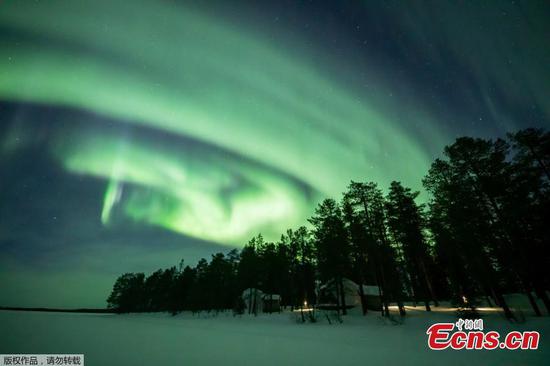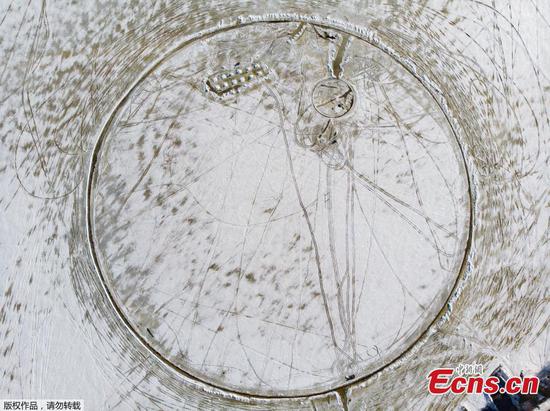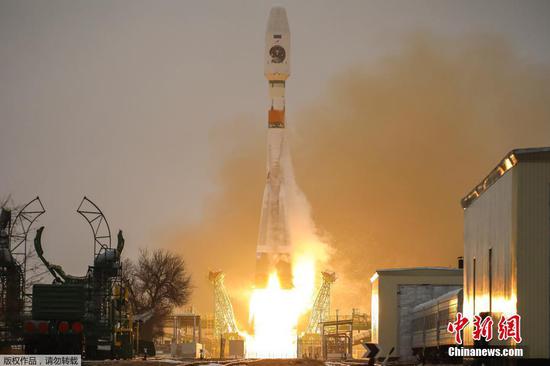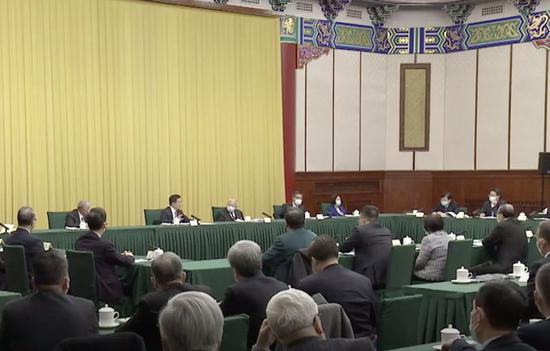
Panoramic photo taken on Jan. 8, 2020 shows China's Five-hundred-meter Aperture Spherical Radio Telescope (FAST) under maintenance in southwest China's Guizhou Province. (Xinhua/Ou Dongqu)
Scientists have detected three new fast radio bursts (FRBs) from elsewhere in the universe with the help of the world's largest radio telescope.
FRBs are mysterious radio flashes lasting only a few thousandths of a second that were confirmed in 2016 to originate from the cosmos.
A research team led by the National Astronomical Observatories under the Chinese Academy of Sciences discovered three new FRBs with a high-dispersion measurement from the mass of data of China's Five-hundred-meter Aperture Spherical radio Telescope (FAST).
The discovery, published in The Astrophysical Journal Letters journal last week, indicated that the FRBs happened billions of years ago when the universe was still in its youth.
The newly discovered FRBs, together with the first FRB captured by FAST in 2020, suggest there could be as many as 120,000 detectable FRBs arriving on Earth every day, according to the study.
"We are catching up in terms of data processing and expecting more discoveries from FAST," said Niu Chenhui, the lead researcher.
FAST is the world's largest single-dish radio telescope, with a reception area equal to 30 standard football fields. Located in a naturally deep and round karst depression in southwest China's Guizhou Province, it officially began operating on Jan. 11, 2020.
FRBs could potentially to provide insights into a wide range of astrophysical problems.
"More discoveries from FAST will thus help reveal the yet unknown origin of FRBs," said Li Di, the corresponding author of the study and the chief scientist of the telescope.















